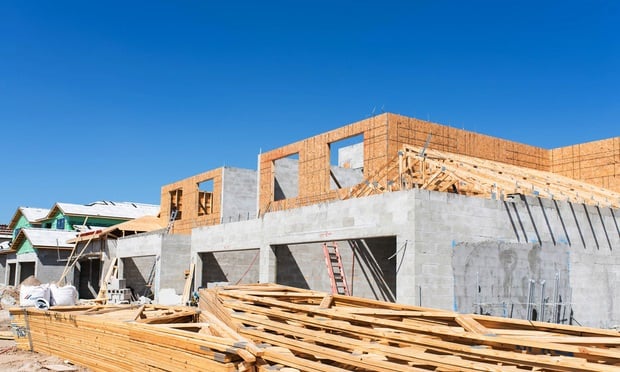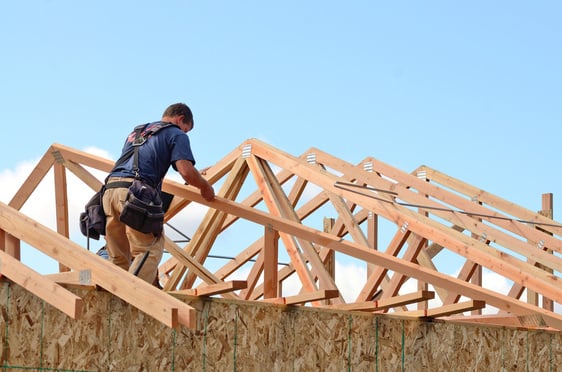Part 3 of 3
“Much has changed in office space demand and use over the past 15 years, and a number of interrelated trends will affect the future.” That is according to Jeremiah Kane, regional director of New York City at Rubenstein Partners. “In the past, an office was a place to sit, a workspace for employees. Office space today is much more than that.”
In many instances, he explains, tenants view it as a tool for recruiting and retaining employees in a competitive job market. “Employers are looking to create vibrant and interesting places to work, in terms of location, amenities, and design.”
Natural light and high ceilings are sought after, he explains. “At the same time, there is a long-term trend toward more efficient use of space within a more collaborative, open-plan environment.”
Jason Rich, VP of operations at Snyder Langston agrees, noting that natural light is becoming a bigger and bigger staple in office design. “We have realized that natural light results in happier, more efficient employees,” he says. “Because of this, more office buildings have glass exteriors and offices close to the core with open space near the exterior window walls.”
Snyder Langston has seen the trend first hand. One example is a renovation project in Tustin, CA for Bixby Land Co. in a 79,000-square-foot building. “Work includes the addition of skylights, windows, interior partitions, and more.”
In addition, building amenities are becoming more important than ever to compete for office tenant prospects, explains Bill Boyd, senior managing director in the Glendale, CA-office of Charles Dunn Co. “It's a major cultural shift in the workplace in favor of space that responds to changing lifestyle expectations.”
The kind of efficiency tenants are looking for is not achieved by simply reducing overall square footage per employee, Kane tells GlobeSt.com, it's about increasing shared 'we' space as employee 'me' spaces shrink. “To find the sweet spot in today's office demand, you need to strike the right balance between today's model of efficiency and desirability in terms of design and amenities.”
Continue Reading for Free
Register and gain access to:
- Breaking commercial real estate news and analysis, on-site and via our newsletters and custom alerts
- Educational webcasts, white papers, and ebooks from industry thought leaders
- Critical coverage of the property casualty insurance and financial advisory markets on our other ALM sites, PropertyCasualty360 and ThinkAdvisor
Already have an account? Sign In Now
© 2024 ALM Global, LLC, All Rights Reserved. Request academic re-use from www.copyright.com. All other uses, submit a request to [email protected]. For more information visit Asset & Logo Licensing.








